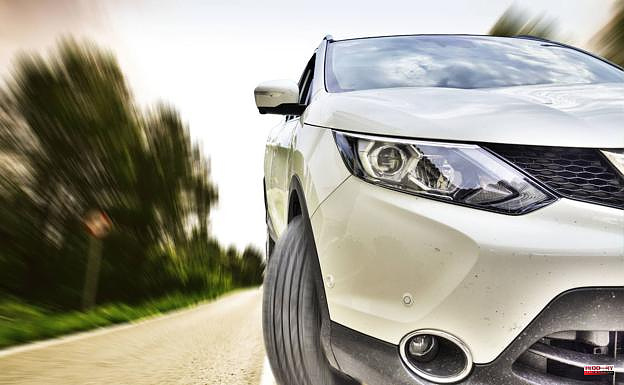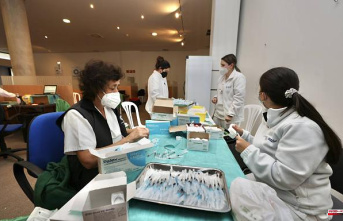Motor vehicles are becoming more modern, sophisticated and also more vulnerable to theft. In fact, the DGT warns that criminals could manipulate the brakes of your car or start it without the key. We are technologically dependent and, therefore, the risk of being attacked by cybercriminals is greater. The so-called 'cracker' could even remotely modify the software of a vehicle.
The company Eurocybcar, which has a database with all the attacks against vehicles that have occurred since 2012, maintains that a cybercriminal can use bluetooth so that when the phone and vehicle are linked, he can obtain a dump of your data. and personal information, use it to know your position and spy on you, harass you or impersonate your identity.
In addition, it can activate or deactivate the airbags, take control of the steering and brakes to cause an accident, provide you with false information through the GPS or the RDS system of the radio.
Component manufacturers have been working for years, and it seems that a solution is on the way. In record time, the UN has developed a standard that unifies the criteria and requirements, and implements the minimum cybersecurity bases for all vehicles. All this has been translated into the UNECE/R155 Regulation (the ISO/SAE 21434 standard, also recently approved, is not a mandatory legal requirement, but it will serve manufacturers to build and audit their cybersecurity systems). This UNECE regulation (entered in force on January 22, 2021) requires that all vehicles –cars, trucks, vans, buses, motorhomes...– be homologated from July 2022 and all those sold from July 2024 have a cybersecure vehicle certificate.
No car is immune. Depending on the degree of digitization of our car, it will be more or less vulnerable. The only way to reduce it is to understand it and stay alert.
Updated software: Most of the time, updates are created to plug cybersecurity gaps. Keep your car's software updated with the versions provided by the manufacturer.
Scan before connecting: USB devices are the most common Trojan horse for installing malicious software. It is essential to pass the antivirus for any USB device before connecting it to our car.
To turn off. All connections are gates of entry and exit. Turn off Wi-Fi and Bluetooth when not in use. Also do not forget to control who you offer (better, do not) the Wi-Fi service of your vehicle.
Watch out for downloads. The smartphone is taking on more and more functions that were previously fulfilled by other devices. Always watch what programs and applications you download, one of them could be a Trojan horse to gain control of your car.
Watch your keys. The most modern keys allow you to control a multitude of car functions. They can copy our signal – it's the simplest – when we press the button to open and close the doors. Lock and unlock the car with the manual key in places you don't consider safe.
Protect the controller. This step is an evolution of the previous one. Today they sell specialized bags that prevent access to the command signal and will prevent someone from duplicating it for us by 'accident'.
Watch out for OBD2. It is a communications port that allows you to diagnose, program or code multiple electronic devices. It is very important to know where it is and what is connected to it (for example, some insurance companies offer devices that connect to OBD2 to study your driving habits and thus adapt the price of your insurance). It is a very tempting door for cybercriminals.
7












